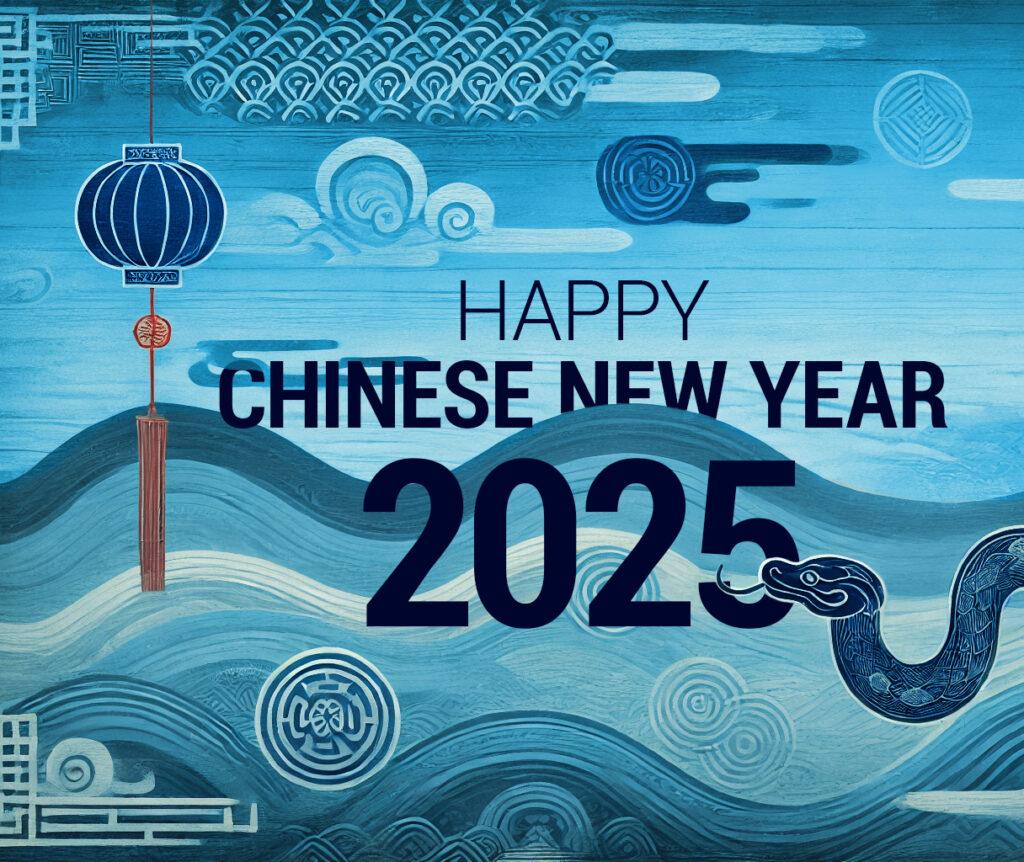
Welcoming the Year of the Snake: A Time of Wisdom and Transformation
In ancient China, the Chinese people used animal signs, including the snake, in a 12-year cycle for dating the years. The Chinese lunar calendar is based on the cycles of the moon and is constructed differently from the Western solar calendar.
The Origin and Introduction of the Year of the Snake
The 12 Chinese Zodiac Signs, also known as Sheng Xiao, are a unique and fascinating aspect of Chinese culture. These signs, based on a 12-year cycle, are believed to represent different personality traits and characteristics. This ancient system of twelve animals, each representing a year in a repeating cycle, is deeply embedded in Chinese culture, symbolizing various traits and virtues. According to the Chinese Zodiac, the year 2025 is the Year of the Snake, which begins on January 29, 2025, and ends on February 16, 2026.
Snakes, which rank sixth in the order of the zodiac cycle, are also called ‘little dragons’. In Chinese culture, dragons are regarded as sacred creatures, symbolizing power, honor and good luck. Snakes are considered the precursors or derivatives of dragons and therefore have been given a certain mythological color and status. This cultural concept gives snakes a mysterious and sacred symbolic meaning in Chinese culture.
Meanwhile, in ancient stories, the snake has deep roots in Chinese mythology. One of the most famous stories involves the mythological figures Fuxi and Nuwa, who are often depicted as having the upper bodies of humans and the lower bodies of snakes. According to legend, they were the creators of humanity, symbolizing harmony between heaven and earth. Their snake form represents unity, balance and the cycle of life.
The Diverse Presentations of Snake Culture
«The Legend of the White Snake» is one of the four major folk love legends in China. The character prototype is based on snakes. In literary works, snakes are shown to have both humanity and divinity. The image of the snake is changeable, able to present a gentle and beautiful appearance and also able to display powerful strength and boldness at critical moments. Therefore, many traditional cultures have been derived from the legend of the White Snake, such as the famous Broken Bridge in Hangzhou West Lake, which is famous for this legend. During the Qingming Festival, people go out, offering sacrifices and burning incense and on the Dragon Boat Festival, they drink realgar wine.
Traditional Celebrations of the Snake Year
When talking about the traditional celebrations of Chinese New Year, paper-cutting must be one of the most important elements, with red things all around. Chinese New Year celebrations are deeply rooted in family, gratitude and cultural traditions. During the Year of the Snake, decorations and symbols play a significant role. The image of the snake often appears in various decorative items, such as traditional Chinese paper-cutting art featuring snake motifs, snake-shaped lanterns, and couplets with auspicious phrases related to the snake. These decorations not only enhance the festive atmosphere but also carry wishes for a prosperous and bright future.
The snakes in paper-cutting are either coiled or stretched, with smooth and rhythmic lines; the snakes in embroidery are colorful and have fine stitching, showing unique artistic charm.
In conclusion, each zodiac sign has its own unique charm, reflecting all the hopes people have for life and containing profound cultural deposits and unique folk customs. It is not only a marker of time but also a vivid manifestation of the traditional culture of the Chinese nation. At IED, we celebrate these cultural treasures, fostering a deeper understanding of their enduring significance.




